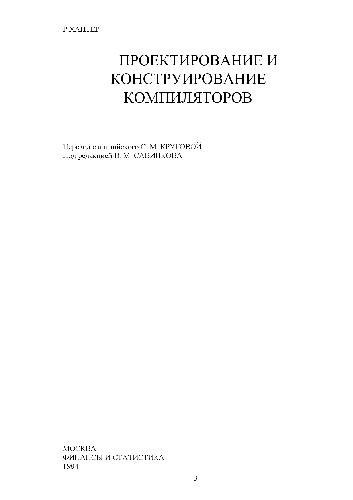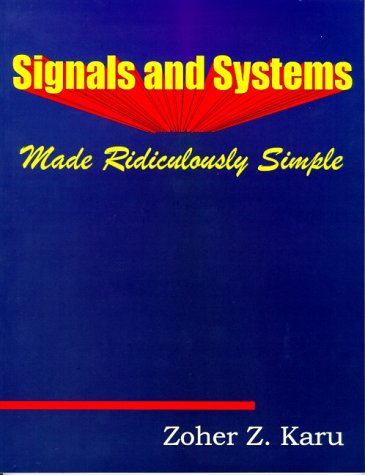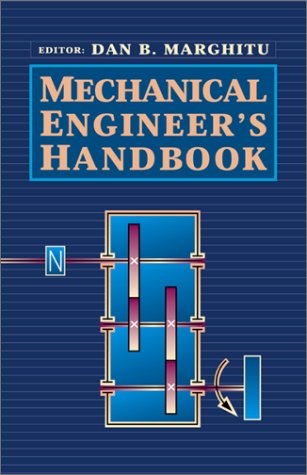Michael Pycraft Hughes0849311837, 9780849311833
Table of contents :
Nanoelectromechanics in Engineering and Biology……Page 1
Dedication……Page 4
Preface……Page 5
Acknowledgments……Page 7
About the author……Page 8
Contents……Page 9
Introduction……Page 14
Table of Contents……Page 0
The promise of nanotechnology……Page 16
Electrokinetics……Page 18
Electrokinetics and nanoparticles……Page 22
A note on terminology……Page 23
References……Page 25
Coulomb’s law, electric field, and electrostatic potential……Page 28
Gauss’s, Laplace’s, and Poisson’s equations……Page 32
Conductance and conductivity……Page 34
Capacitance……Page 36
Impedance……Page 38
Dipoles and polarization……Page 39
Complex permittivity……Page 42
Debye relaxation……Page 43
The MaxwellÒWagner relaxation……Page 46
Dielectric spheres in electric fields……Page 48
Dielectrophoresis……Page 52
Electrorotation……Page 55
Electro-orientation……Page 58
Dipole-dipole interactions: pearl chaining……Page 59
Higher order multipoles……Page 61
Supplementary reading……Page 63
The electrical double layer……Page 64
The Gouy-Chapman model……Page 65
The Stern layer……Page 69
Particles in moving fluids……Page 72
Colloids in electric fields……Page 73
Electrode polarization and fluid flow……Page 76
Viscous drag……Page 82
Brownian motion and diffusion……Page 83
Colloidal interaction forces……Page 85
References……Page 86
Supplementary reading……Page 87
Dielectrophoresis of homogeneous colloids……Page 88
Frequency-dependent behavior and the crossover frequency……Page 89
Double layer effects……Page 93
Charge movement in the double layer……Page 94
Charge movement in the Stern and diffuse double layers……Page 95
Stern layer conduction and the effects of bulk medium properties……Page 97
Dispersion in the Stern Layer……Page 99
Dielectrophoresis versus fluid flow……Page 100
Separating spheres……Page 102
Trapping single particles……Page 106
Theory of dielectrophoretic trapping……Page 107
Trapping using positive dielectrophoresis……Page 108
Trapping using negative dielectrophoresis……Page 109
Limitations on minimum particle trapping size……Page 111
Dielectrophoresis and laser trapping……Page 115
References……Page 117
Manipulating viruses……Page 120
Anatomy of viruses……Page 121
The multishell model……Page 122
Experimental considerations……Page 125
Crossover measurements……Page 127
Collection rate measurements……Page 128
Phase analysis light scattering techniques……Page 130
Measurement of levitation height……Page 131
Particle velocity measurement……Page 133
Examining virus structure by dielectrophoresis……Page 134
Clarifying assumptions……Page 136
Interpretation of results……Page 138
The effects of storage……Page 141
Studying nonspherical particles……Page 143
Separating viruses……Page 146
Unexpected charge effects……Page 147
References……Page 149
Supplementary reading……Page 150
Manipulating proteins……Page 151
Dielectrophores for protein analysis……Page 152
Qualitative description……Page 153
Crossover as a function of conductivity……Page 154
Crossover as a function of conductivity and pH……Page 155
DNA……Page 158
Dielectrophoretic manipulation of DNA……Page 160
Electrical measurement of single DNA molecules……Page 162
Stretch-and-positioning of DNA……Page 163
Molecular laser surgery……Page 164
Nanotubes, nanowires, and carbon-60……Page 165
References……Page 168
Toward molecular nanotechnology……Page 170
Directed self-assembly……Page 171
Device assembly……Page 172
Electrostatic self-assembly……Page 173
Electronics with nanotubes, nanowires, and carbon-60……Page 175
Putting it all together: the potential for dielectrophoretic nanoassembly……Page 179
Deposition of coatings……Page 180
Three-dimensional material structuring……Page 181
Dewatering……Page 184
Nanoelectromechanical systems……Page 185
References……Page 186
Limitations on dielectrophoretic separation……Page 188
Flow separation……Page 189
Field flow fractionation……Page 193
Thermal ratchets……Page 195
Separation strategies using dielectrophoretic ratchets……Page 200
Stacked ratcheting mechanisms……Page 202
Traveling wave dielectrophoresis……Page 204
Manipulation……Page 211
Fractionation……Page 212
Concentration……Page 213
References……Page 215
Microengineering……Page 218
Photolithography……Page 219
Wet etching……Page 221
Dry etching……Page 226
Laser ablation……Page 227
Direct-write e-beam structures……Page 228
Multilayered planar construction……Page 229
Microfluidics……Page 230
Other fabrication techniques……Page 232
Laboratories on a chip……Page 233
Steering particles around electrode structures……Page 235
Particle detection……Page 237
Integrating electrokinetic subsystems……Page 239
Contact with the outside world……Page 241
A note about patents……Page 242
References……Page 244
Supplementary reading……Page 248
Principles of electric field simulation……Page 249
Electrode geometries with analytical solutions to their electric fields……Page 250
Modeling time-dependent behavior using analytical methods……Page 254
Numerical methods……Page 256
The finite difference method……Page 257
The finite element method……Page 258
The Monte Carlo method……Page 259
The method of moments……Page 260
Local elements and the shape function……Page 261
The Galerkin method……Page 263
Quadrilateral elements……Page 266
Assembling the elements……Page 268
Applying boundary conditions……Page 269
The method of moments……Page 271
Calculating charge density……Page 272
Calculating the potential……Page 275
Commercial versus custom software……Page 276
The nature of the dynamic field……Page 277
Simulations……Page 279
Simulation results……Page 281
References……Page 285
Modeling the dielectrophoretic response……Page 288
Modeling the Clausius-Mossotti factor……Page 289
Determining the crossover spectrum……Page 292
Modeling surface conductance effects……Page 297
Multishell objects……Page 299
Finding the best fit……Page 301
MATLAB in time-variant field analysis……Page 302
Other MATLAB functions……Page 305
Electrokinetic nanoelectromechanical systems……Page 306
Calculation of motor performance……Page 307
Theoretical limits of motor performance……Page 311
Digital electronic control of torque generation……Page 315
Nanomotor applications……Page 317
The way forward?……Page 319
References……Page 320







Reviews
There are no reviews yet.